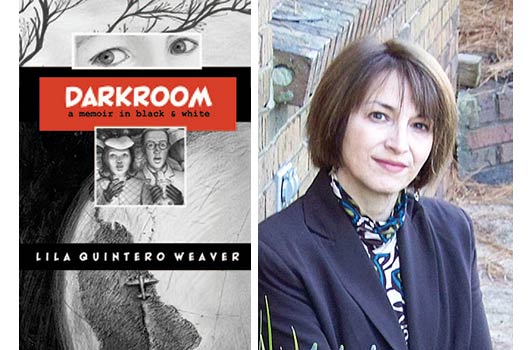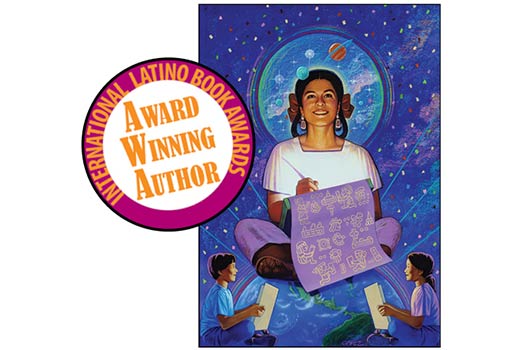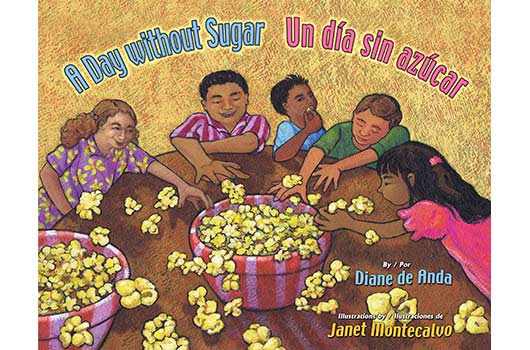 Darkroom: A Memoir in Black & White
Darkroom: A Memoir in Black & White
Written & Illustrated by Lila Quintero Weaver
University of Alabama Press • 2012 • 264 pages
Paperback ($24.95)
ISBN: 9780817357146
Ages 14 and up
Weaver’s remarkable memoir of her youth comes in the form of a graphic novel, nimbly illustrated by the author in realistic black and white. But both title and subtitle refer also to Weaver’s father’s devotion to photography, and the inadvertent subject of some of those photographs: the civil rights movement of the 1960s.
The Quinteros of Argentina were boundary crossers: Lila’s father was a trigueño, a “wheat-colored” descendant of the native inhabitants of South America; her mother was “white,” descended from the Spanish. They were also immigrants, leaving their home in Argentina for economic opportunities in Alabama.
They dared to see—with the eyes of outsiders who were not always themselves welcome—the injustice of the treatment of African-Americans in the American South of that era.
Read Related: MLK’s I Have a Dream—50 Years Later
Young Lila has the advantage of older sisters, from whom she learns about artists such as Harry Belafonte, songs like We Shall Overcome, and books such as John Howard Griffin’s Black Like Me. As she grows into adolescence and schools begin to be integrated, she leaves behind her childish desires to fit in with everyone else and wants to make friends with the black students at her school. She learns the complex consequences of her actions when her teacher father is reprimanded because she is rumored to be a black boy’s girlfriend.
Ordinary scenes of family life, such as Lila’s increasingly poor vision, are intertwined with the larger social reality that sometimes erupts into violence, to the shock of the far more broad-minded Quinteros, who find themselves aghast at the behavior even of fellow Christians. One of the most affecting and appalling chapters of the memoir features Weaver’s illustrations alongside actual quotations from her childhood social studies book praising the happiness of plantation life before the Civil War and the activities of the Ku Klux Klan. This powerful and fast-paced memoir deserves to be a bestseller, alongside similar works such as Marjane Satripi’s Persepolis and Art Spiegelman’s Maus.
—Reviewed by Coop Renner, Retired Librarian: El Paso Independent School District











